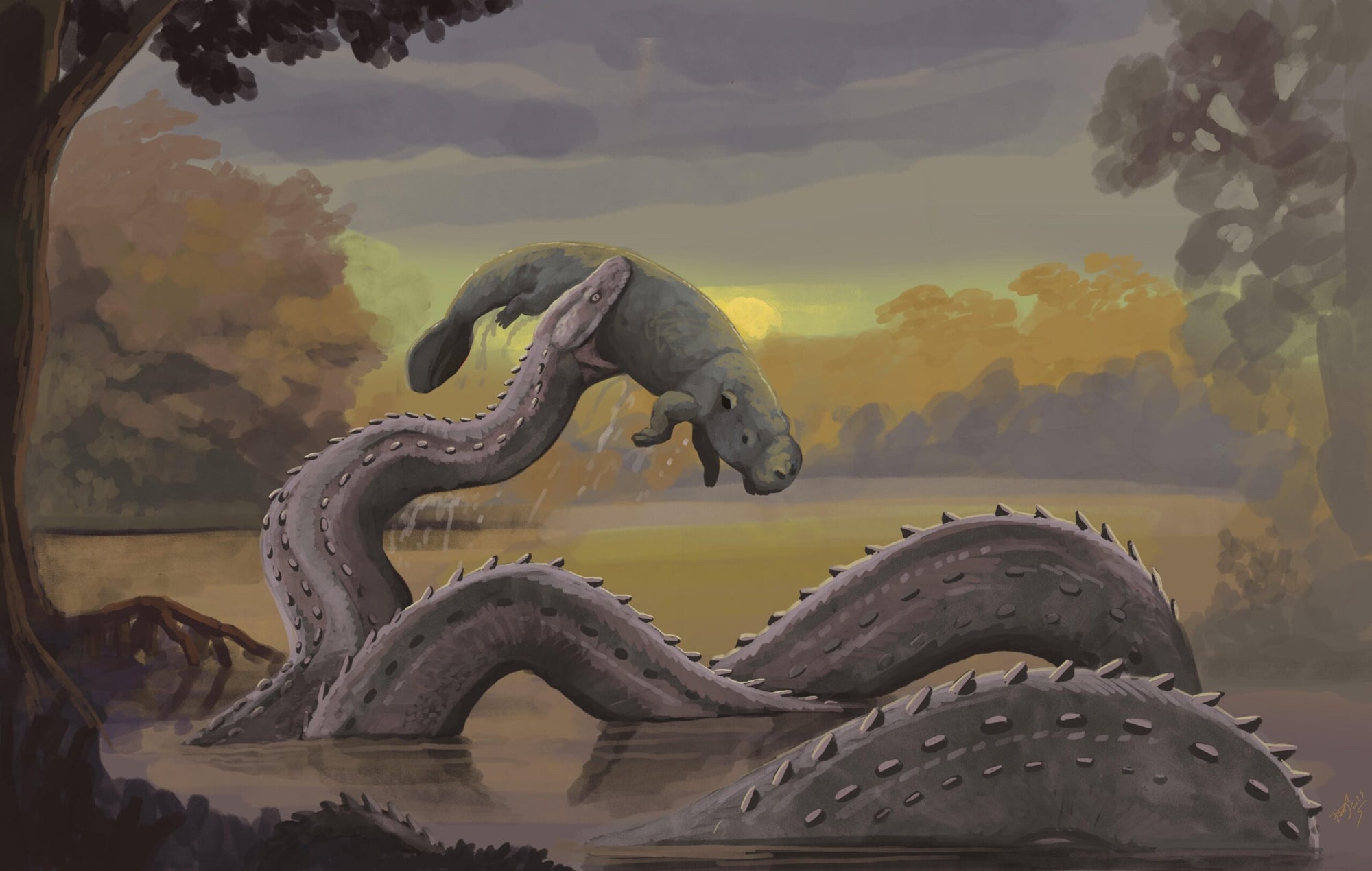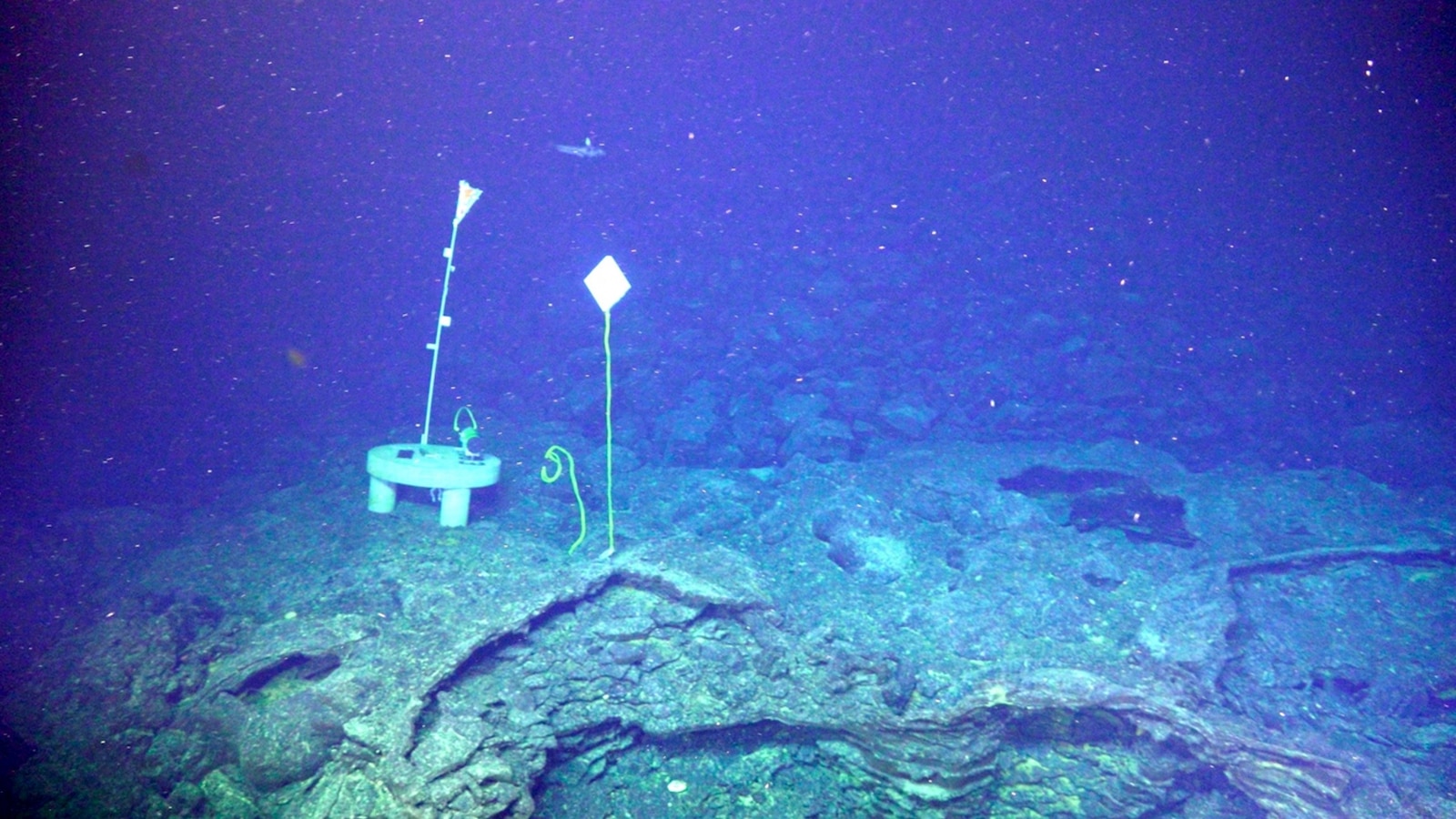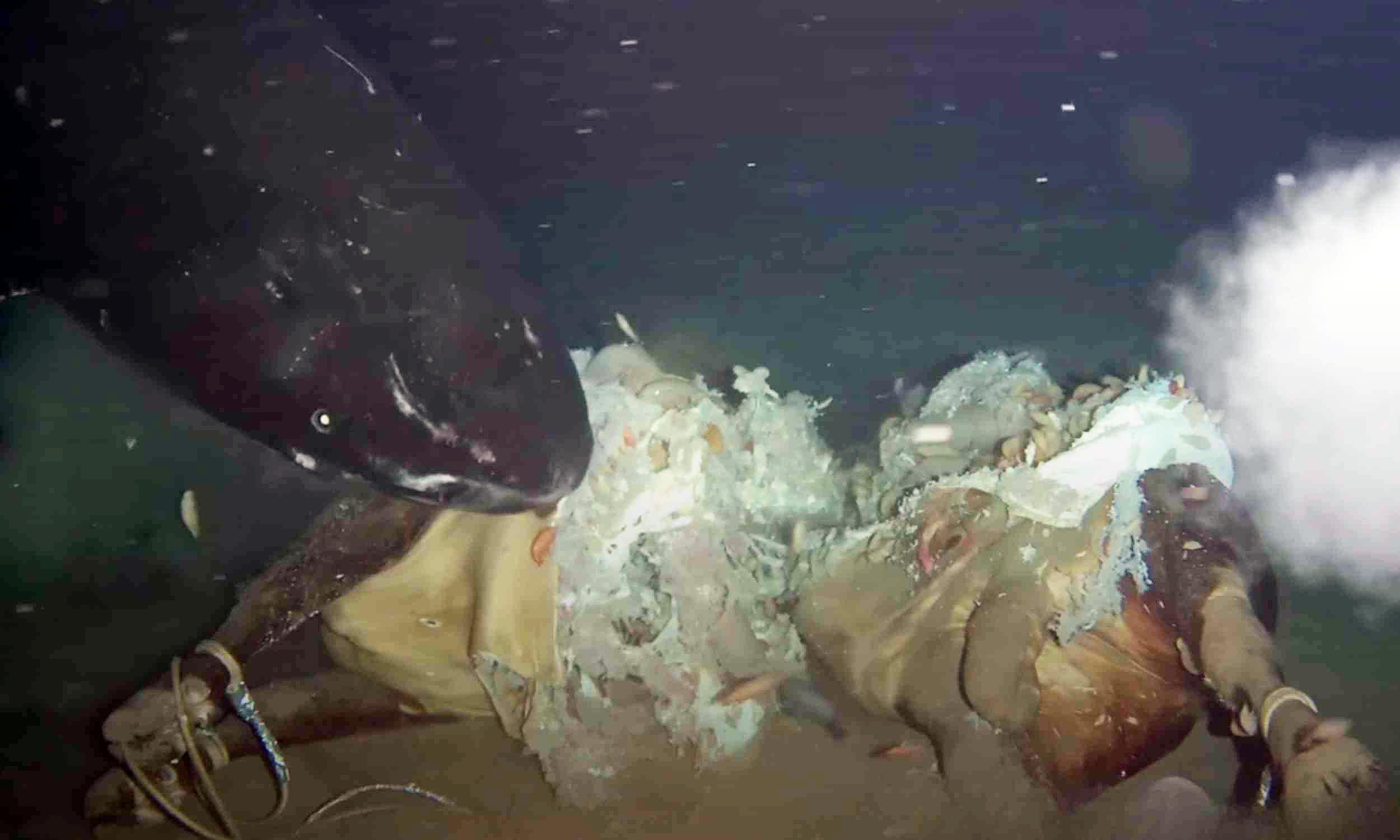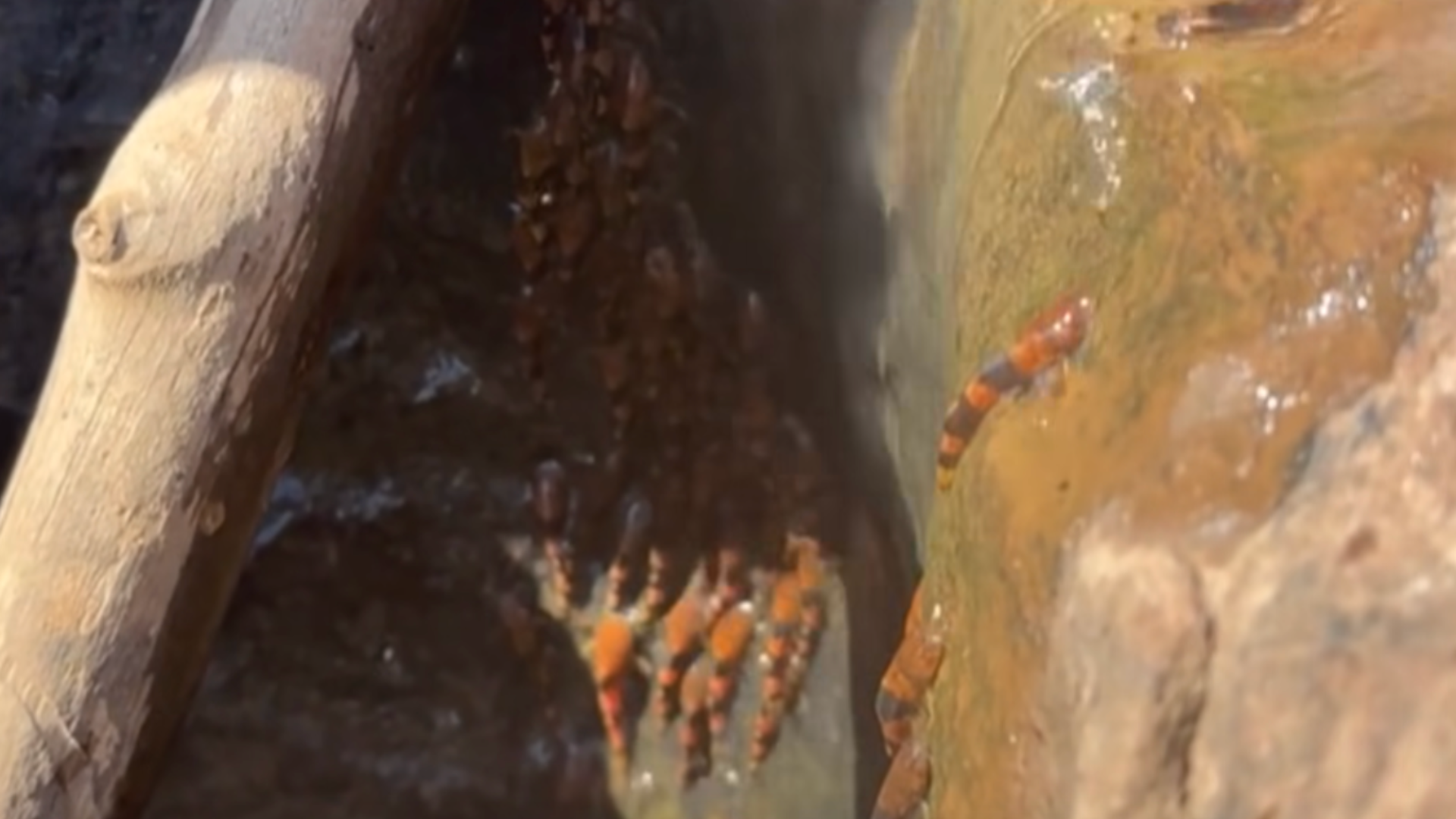Meet Vasuki Indicus: The 50-Foot Snake That Revolutionizes Our Understanding of Prehistoric Life!

Imagine a creature so enormous that it could coil around a car, ruling its territory like a mythical beast. Meet Vasuki indicus, a jaw-dropping prehistoric snake unearthed in the arid landscapes of western India, stretching an astonishing 50 feet long and weighing over 2,200 pounds. This isn’t just a giant snake; it’s a glimpse into a time when such titans roamed the earth, and it’s a discovery that is reshaping our understanding of ancient ecosystems.
Found nestled in the grey shale of the Panandhro Lignite Mine in Gujarat’s Kutch region, this fossil dates back approximately 47 million years to the Middle Eocene epoch. A team of researchers from the Indian Institute of Technology Roorkee led the excavation, uncovering 27 well-preserved vertebrae from what was a fully grown Vasuki. The remarkable integrity of these bones offers scientists an unparalleled opportunity to analyze the creature’s anatomy, behavior, and habitat.
What’s in a name? The name Vasuki indicus pays homage to Vāsuki, the divine serpent from Hindu mythology, known for curling around the neck of Lord Shiva. This cultural connection underlines the significance of snakes in Indian folklore while showcasing the reality of a creature that was once a colossal predator.
Experts describe Vasuki as having a thick, cylindrical body and a broad vertebral structure, suggesting it was not a speedster like some of its modern-day relatives. Instead of chasing down prey, it likely employed a stealthy ambush method, similar to today’s pythons. This snake’s impressive girth meant it was likely limited to short bursts of movement, relying on surprise and strength to subdue its catch.
The Middle Eocene period was marked by warm climates that may have facilitated the growth of such massive reptiles. Vasuki’s existence paints a picture of a lush, tropical forest teeming with wildlife, a stark contrast to the dry landscapes we associate with modern India.
Lead researcher Professor Sunil Bajpai emphasized that this find not only highlights India’s paleontological wealth but also enhances our understanding of snake evolution. The fossils reveal that ancient snake families like the Madtsoiidae were far more diverse and widespread than previously believed, challenging long-held assumptions about their lineage and habitat.
The Madtsoiidae, an extinct family of large snakes, roamed across the ancient supercontinent of Gondwana, which included present-day South America, Africa, India, Australia, and Antarctica. This family’s evolutionary journey remains somewhat mysterious, with fossils like Vasuki helping to piece together their history.
The Kutch fossil isn’t just a scientific marvel; it’s a treasure trove of insights into prehistoric biodiversity and evolution. As we continue to uncover fossils, the story of these giant reptiles becomes clearer, and Vasuki indicus stands tall not only as one of the largest snakes discovered but as a significant marker in the ongoing narrative of life on Earth.





























